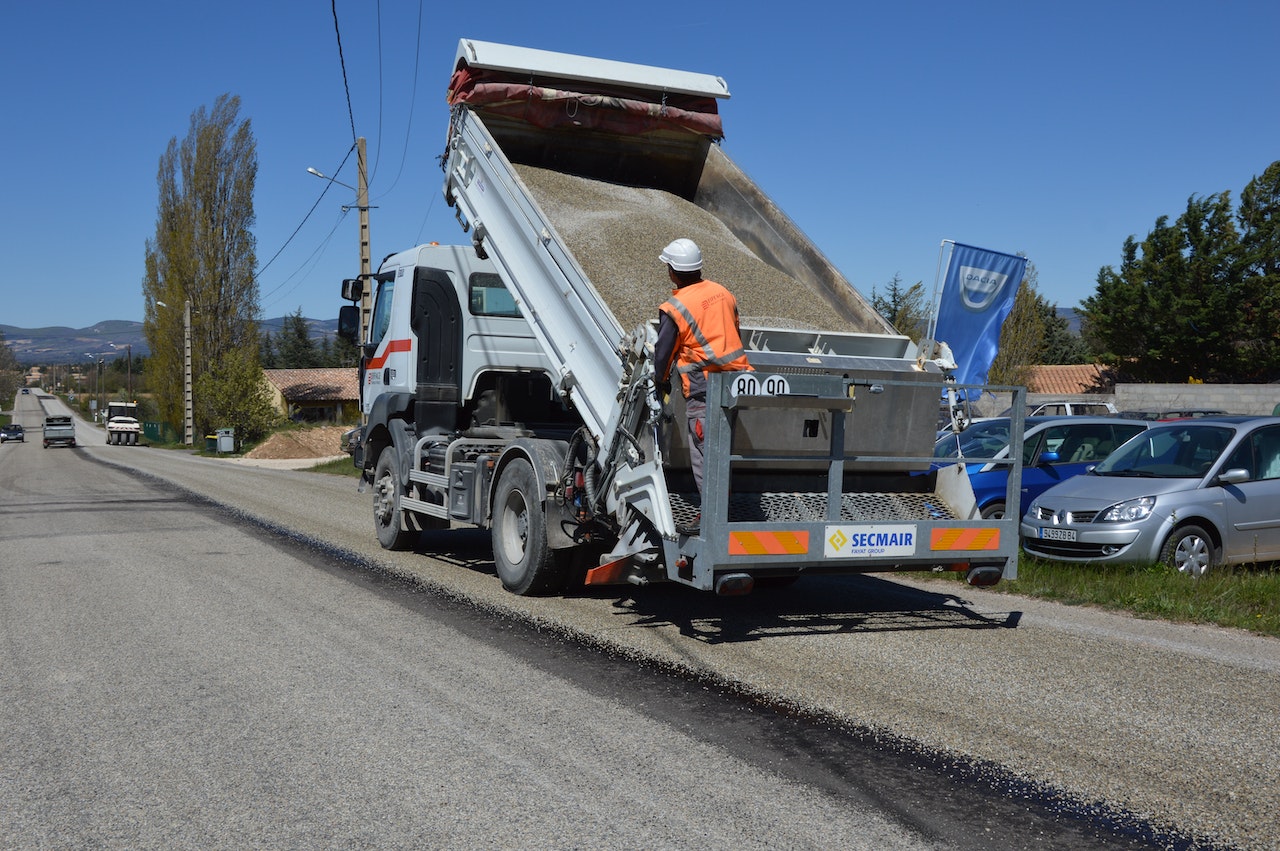
Guide to Using a Floor SawGuide to Using a Floor Saw
Are you planning on tackling a concrete-cutting project? Are you wondering what tool would be best for the job? Look no further than the floor saw. This powerful and versatile machine allows for precision cuts in various materials.
This guide will walk you through everything you need to know about using a floor saw, from safety precautions to proper operation techniques. Get ready to take your DIY skills to new heights with our comprehensive floor saw guide.
Selecting the Right Floor Saw

Choosing the appropriate floor saw for your project is the first step toward success. Consider factors such as the type and thickness of the material you’ll be cutting, the project’s scale, and the available power source.
Floor saws come in various sizes and configurations, including gas-powered, electric, and hydraulic models. Ensure the saw you select can handle the specific requirements of your cutting task. Brands like the LISSMAC floor saws, Stihl, Husqvarna, and Multiquip are all well-regarded options.
Preparing for the Job
Before starting any cutting operation, thorough preparation is essential to ensure safety and efficiency. You should always ensure you wear protective gear when using a saw and follow the guidelines in your user manual. Inspect where you plan to cut, removing any nails or other metal objects. Secure the material or area to be cut with clamps so it won’t move during the operation.
Once secured, mark the cutting line and check for any hidden items that can cause injury, such as wires or pipes. Make sure that your saw is in good condition and sharpened if necessary. Lastly, use a push stick to help guide the material being cut away from your body and always keep your hands at least six inches away from the blade.
Operating the Floor Saw
 Now that you’re prepared let’s delve into the steps for operating a floor saw. It would be best to begin by familiarizing yourself with the controls on the saw. Most floor saws will have an ignition switch, throttle lever, choke knob, and blade guard lever. Thoroughly read and understand the manufacturer’s instructions for your specific floor saw model.
Now that you’re prepared let’s delve into the steps for operating a floor saw. It would be best to begin by familiarizing yourself with the controls on the saw. Most floor saws will have an ignition switch, throttle lever, choke knob, and blade guard lever. Thoroughly read and understand the manufacturer’s instructions for your specific floor saw model.
Ensure the saw is placed on a stable surface, and check that the blade is not in contact with any objects before starting the engine. When positioning the saw, use the handlebar and wheel locks to keep it securely in place. When cutting with a floor saw, you should start slowly and carefully adjust your speed as needed. Always take care to ensure that your hands and feet are not in contact with any moving parts or close to any objects that could cause injury if the blade strikes them.
Maintenance and Safety
Regular maintenance is essential to ensure the longevity of your floor saw and guarantee safe operation. This includes inspecting guards, blades, and other components to ensure they are in proper working condition.
Additionally, it’s important to keep the saw clean and free of debris that could damage the machine or cause injury. …

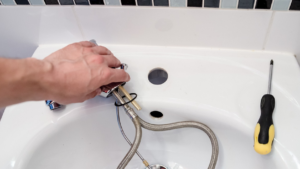
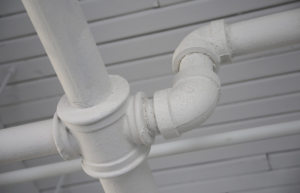
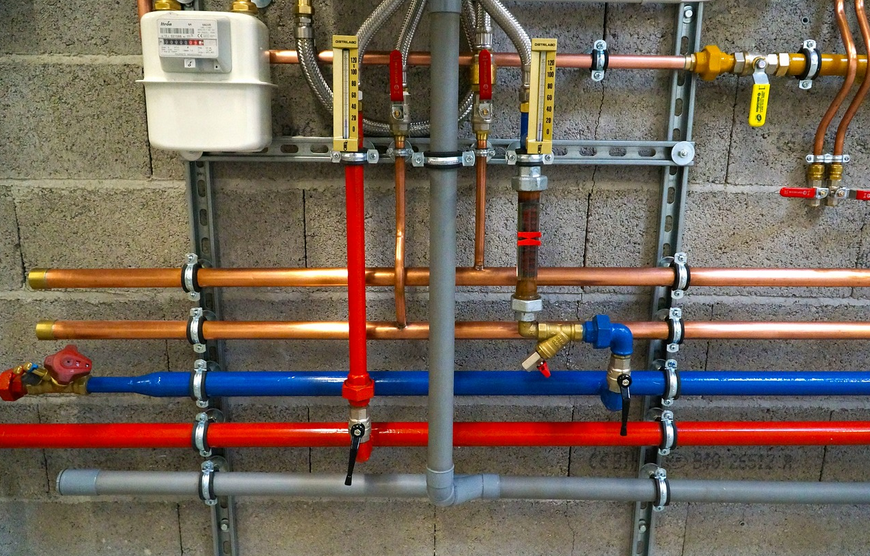 Insulating pipes is a great way to keep your home’s plumbing system running efficiently. This can help reduce the risk of frozen or burst pipes, as well as prevent major water damage in your home.
Insulating pipes is a great way to keep your home’s plumbing system running efficiently. This can help reduce the risk of frozen or burst pipes, as well as prevent major water damage in your home.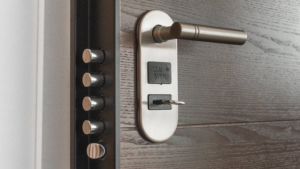
 First, let’s talk about the highly-debated topic of the cons of smart locks – being hacked. If a hacker gets into your devices in your home, they could conceivably get into your house through the smart lock. This is especially true for older models that don’t have the best security features.
First, let’s talk about the highly-debated topic of the cons of smart locks – being hacked. If a hacker gets into your devices in your home, they could conceivably get into your house through the smart lock. This is especially true for older models that don’t have the best security features. Another common problem with smart devices is that they rely on a strong internet connection to function properly. If your WiFi or the power goes out (as discussed above), your smart lock may not work. This issue may not be as common, but it’s still something to consider before switching to a smart lock. Hence, you might want a backup plan in place for getting into …
Another common problem with smart devices is that they rely on a strong internet connection to function properly. If your WiFi or the power goes out (as discussed above), your smart lock may not work. This issue may not be as common, but it’s still something to consider before switching to a smart lock. Hence, you might want a backup plan in place for getting into …
 state the company’s liability in case of a fault.
state the company’s liability in case of a fault.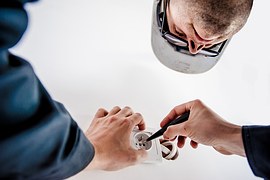 The electrician should be open and ready to share any information with the clients. Evasive electricians should be dealt with with a lot of caution. Remember it’s the right of the customer to know all the information concerning the electrician to be hired.
The electrician should be open and ready to share any information with the clients. Evasive electricians should be dealt with with a lot of caution. Remember it’s the right of the customer to know all the information concerning the electrician to be hired.